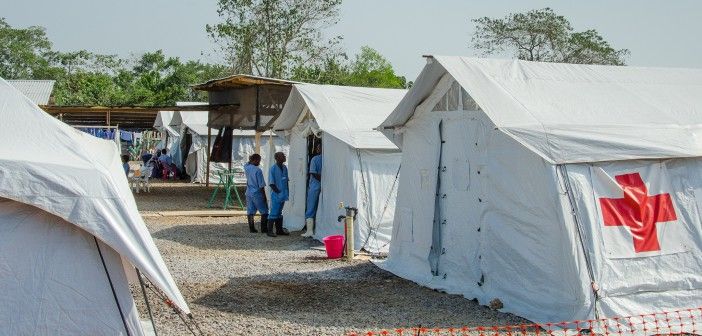On October 3, excerpts from Amy Maxmen’s project “Disaster Science During the Ebola Outbreak” were featured on the Council for the Advancement of Science Writing’s Storygram series. The series, which is produced in collaboration with The Open Notebook, dives into the stories behind outstanding science writing.
Maxmen, who reported on the Ebola crisis from Sierra Leone during the peak of the epidemic, sat down with Sapiens editor Amanda Mascarelli to talk about her approach to the project:
“I like to have enough in place so that I know what I’m doing for the first 24 hours. ...I’ll also have thought through sticky situations so that I can try to prevent them and have ideas on how to respond. Then, once there, I put all this in the background and let intuition guide me.”
The interview broached practical concerns like how to prepare for a trip and stay healthy in the midst of an epidemic, but the real focus was on Maxmen’s journalistic philosophy. Her reporting, which highlighted the cultural struggle of reconciling safe burial practices with religious rituals, relied on allowing local voices to shine through the story:
“I’ll meet with my source at CDC who I have lined up ahead of time, and I’ll listen to their take on the local culture. But a parking lot attendant outside of their hotel might be a more important source on this topic.”
The Storygram also includes annotations from other writers who comment on why they found her piece so impactful, providing an even deeper look into Maxmen’s work. You can read the full Storygram here and view her Pulitzer project here.
